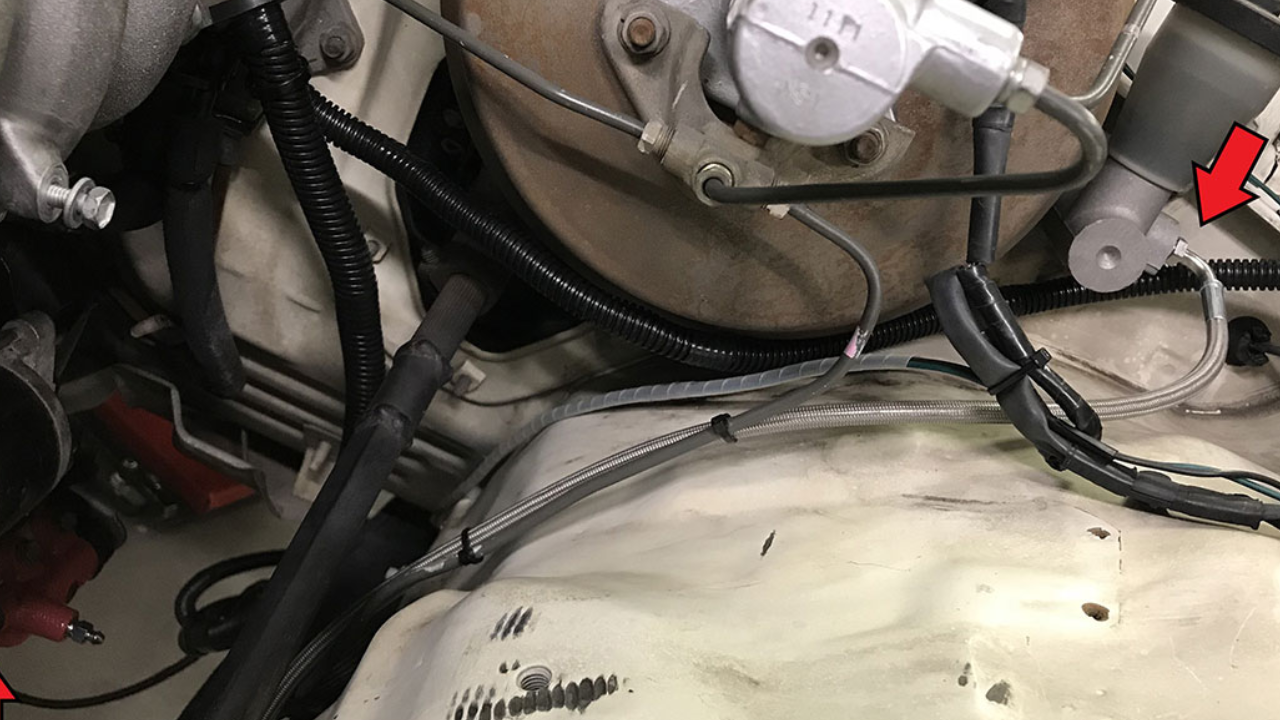When you drive your car with the help of manual transmission or you are trying to learn to drive, you might hear about something called a “clutch.” The clutch is a very important part of your car that lets you change gears smoothly so that you can drive your car without facing any problems. Why have you ever wondered how it works or how it changes when not working properly?
Don’t worry about anything because in this guide you are going to learn something different you will learn about A-Premium clutch hydraulic hose. That is one of the finest products of A-Premium. It is a special gift for your car to run smoothly. So here you will learn why it is important and how a mechanic changes it. So let’s get started.
What’s a Clutch Hydraulic Line
Consider the clutch hydraulic line as a messenger that enables the clutch in your car to do its function. It functions similarly to a particular tube that transports hydraulic fluid, a unique fluid, from one area of the clutch to another. This liquid aids in the clutch’s correct operation.
Your car’s clutch depends on the hydraulic line to operate properly, much like a team needs all of its members to succeed. Big issues can arise if the hydraulic line isn’t in good condition. It can be quite difficult to shift gears when your clutch stops operating due to even a small leak or clog in the line. A car that won’t move in the direction you want it to is also unpopular.
Steps to Follow For Easy Set-up
Step 1: Lifting the Car with a Jack
Imagine you’re giving your car a little lift-up hug. You’ll need a special tool called a jack to gently raise your car off the ground. This is like making space for yourself under the car’s belly so you can work on the clutch line. Just remember, safety first! Make sure the car is secure on jack stands before you scoot underneath.
Step 2: Spotting the Clutch Line
Now, let’s play detective! Look for a special tube that’s like a secret passage for your clutch magic. This tube is connected to the clutch and usually hangs out near the engine or transmission. It might be hiding behind some car parts, but don’t worry, it’s there waiting for you to find it.
Step 3: Saying Goodbye to the Old Line
Grab your trusty tool and gently loosen the parts that connect the old clutch line. But wait, there’s a little trick here. Place a container under the line to catch any fluid that might spill out. It’s like having a napkin ready to catch crumbs when you’re having a snack.
Step 4: Welcoming the New Line
Imagine this step like giving your car a new accessory. Slide the shiny new clutch line into the same spot where the old one hung out. Just like connecting the dots, make sure everything fits snugly and securely. You wouldn’t want your new accessory to fall off, right?
Step 5: Adding Fresh Hydraulic Fluid
Time for a refreshing drink for your car! Pour in some brand-new hydraulic fluid to make your clutch line feel happy and energetic. And here’s a cool tip: To make sure there are no pesky air bubbles, follow the instructions or use a special tool that makes those bubbles vanish.
Step 6: The Exciting Test
Okay, this step is like the grand finale of a magic show. Start your car’s engine and give the clutch pedal a little press. If everything feels smooth and just right, you’ve done it! Your car’s clutch line is back in action, and your car is ready to hit the road again.
Conclusion
So, there you have it! The clutch hydraulic line might sound complicated, but it’s like a helpful messenger that lets your car’s clutch team work together. By taking care of it and getting a new one when needed, you’re making sure your car keeps running smoothly and taking you wherever you want to go.
